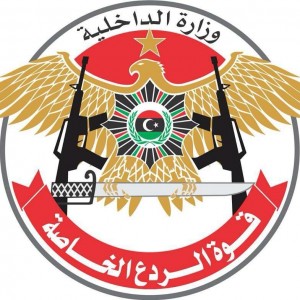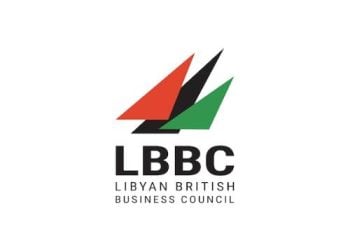By Libya Herald reporter.

Tunis, 6 January 2016:.
The Rada Special Deterrence Force (SDF) released further videoed confessions last week of suspects accused . . .[restrict]of being IS/Daesh terror operators in Tripoli.
The two videos follow on from an earlier video entitled: ‘‘Execution/implementation Orders’’. Many of those featured in the latest videos had been featured in the earlier video released on 15 December.
However, the latest video also contained confessions of two women with Libyan accents.
The confessions and videos provide some useful insights into the recruiting, thinking and operations of these alleged IS/Daesh members.
Further to the operations confessed to in the earlier December video, twelve operations were confessed to in these latest two video releases.
These were: South Korean embassy; the Moroccan embassy; Iranian ambassador’s residence; Spanish embassy; police station at Zawiet Al-Dahmany; Janzur (Ghiran) checkpoint; Police patrol car; Diplomatic police office; Al Najma factory; Central Security HQ and Mitiga prison.
Those confessing on video said they were from Libya, Tunisia, Egypt, Palestine and Sudan. They admitted that they carried out kidnappings in order to finance their operations. Smuggling across the Libyan border was used for Tunisians to enter Libya illegally.
One Tunisian confessor claimed that his armed Tunisian IS/Daesh colleagues were driving in their cars freely in the city of Sabratha. They carried out kidnappings in order to finance operations in Tunisia, he claimed.
There was cooperation with Libyan accomplices in obtaining fake passports to facilitate travel to Turkey and on to Syria. One was returned by Turkish authorities who spotted his fake Libyan passport. One accused claimed that he had obtained a travel document from the Libyan embassy in Istanbul.
Numerous Libyans from various part of the country were named as accomplices. The internet was often cited as their means of conversion to the IS creed.
Explosive devices were often tied together in bags/rucksacks and set off remotely by mobile phones. Most operations were videoed by a second car in order to be posted on the internet for propaganda purposes.
At the South Korean embassy operation, the accused said they had used a Berretta gun fitted with a silencer. Two security officers were killed.
An accused said that two explosive devices were left at the Iranian ambassador’s residence. While the first device was set off remotely by mobile, the second was only set off once security personnel had surrounded the residence. They established the arrival of the security forces by listening in to their walkie-talkie communications.
The Spanish embassy bomb was 6 kgs of anti-armoured explosives held in a bag and placed next to the plant container outside the embassy.
These latest videos by the Media Office of Rada were, like the first one, of high quality and very slick in their production. However, it is not clear under what circumstances these videoed confessions had been obtained by Rada. None of the accused have been charged by the Public Prosecutor nor taken to court.
Critics of Rada also see these video releases as a partial marketing tool for Rada brigade which is nominally under government control and part of the Ministry of Interior, but operates with much autonomy under its leader Abdel Rauf Kara.
Critics accuse Rada of angling to be given a role in the security role in Tripoli as part of the UN-brokered Libyan Political Agreement and the Faiez Serraj Government of National Accord.
It will be recalled that Rada has been accused of using excessive force in its anti-criminal actions which have led to the death of accused criminals prior to them being sentenced by a court. [/restrict]







